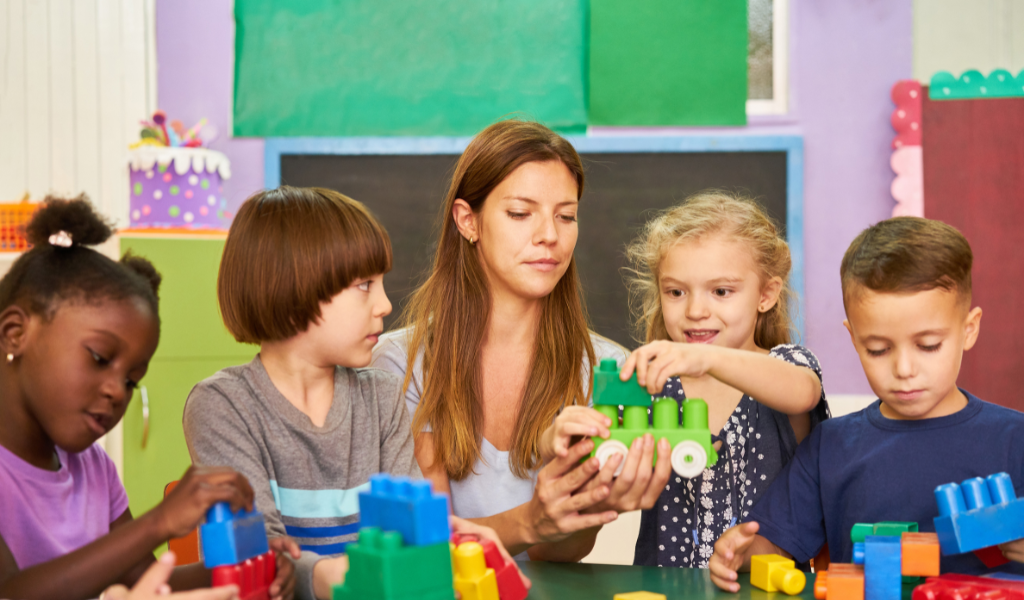To help you stay on top of industry updates, we have asked our in-house early years expert Rebecca to share with us key take-aways from the latest Safeguarding Updates you need to know:
In addition to regular safeguarding refresher training, it is important that Early Years practitioners ensure they keep up to date with safeguarding and child protection issues on an ongoing basis. This may be through accessing newsletters and reports from their Local Safeguarding Partnership, reading about recent safeguarding practice reviews, including the annual report issued by the national Child Safeguarding Practice Review Panel; signing up to updates from safeguarding organisations such as the NSPCC’s Caspar newsletter; reading articles, listening to podcasts etc. and receiving email updates from the Government website.
In this article, I have highlighted a few recent changes and updates to support practitioners in keeping their knowledge and awareness up to date.
The annual update in September featured minor changes:
This has been updated to reflect changes made to the Ofsted complaints process and the quality assurance of inspection reports and clarifies that providers should be given opportunities to raise issues, concerns or seek clarification about an inspection.
There will be ongoing updates to the handbook to reflect new childminder category and flexibilities introduced in November, and the EYFS safeguarding changes due September 2025. See the Summary of changes
The DfE document Information Sharing Advice for practitioners providing safeguarding services for children, young people, parents and carers was updated in May 2024 to provide greater clarity for all organisations, agencies and practitioners working with children and young people. It makes clear that data protection legislation does not prevent the sharing of information when it is for the purposes of safeguarding children, ‘when it is necessary, proportionate and justified to do so. The first and most important consideration is always whether sharing information is likely to support the safeguarding of a child.’
The Information Commissioner’s Office published a 10-step guide to sharing information to safeguard children to provide guidance on sharing personal information for safeguarding purposes.
All organisations that handle personal data, including Early Years settings must state what data they process, why, and how, via a privacy notice. The ICO have also produced a helpful Privacy Notice Generator Tool to support small organisations to create their privacy notice.

The NSPCC have created a new Early Years landing page intended to help practitioners to easily locate Early Years resources and information.
The NSPCC have updated their Talk PANTS resources which support adults to keep children safe from sexual abuse and help children learn how to protect themselves. They have also have added a new parent resource, called Techosaurus, which is aimed at supporting young children who are starting to use technology and the internet, to form healthy online habits, routines and behaviours and build their knowledge and skills around online safety.
Too little, too late is an NSPCC report that explores response to identifying and tackling neglect and The voice of the child: learning from case reviews looks at the importance of listening to children and understanding what they are trying to tell us, including through their behaviour.
The Children at the Table coalition report noted that child cruelty crimes against children aged 5 and under have continued to rise, with more than 9,300 offences reported in 2023.